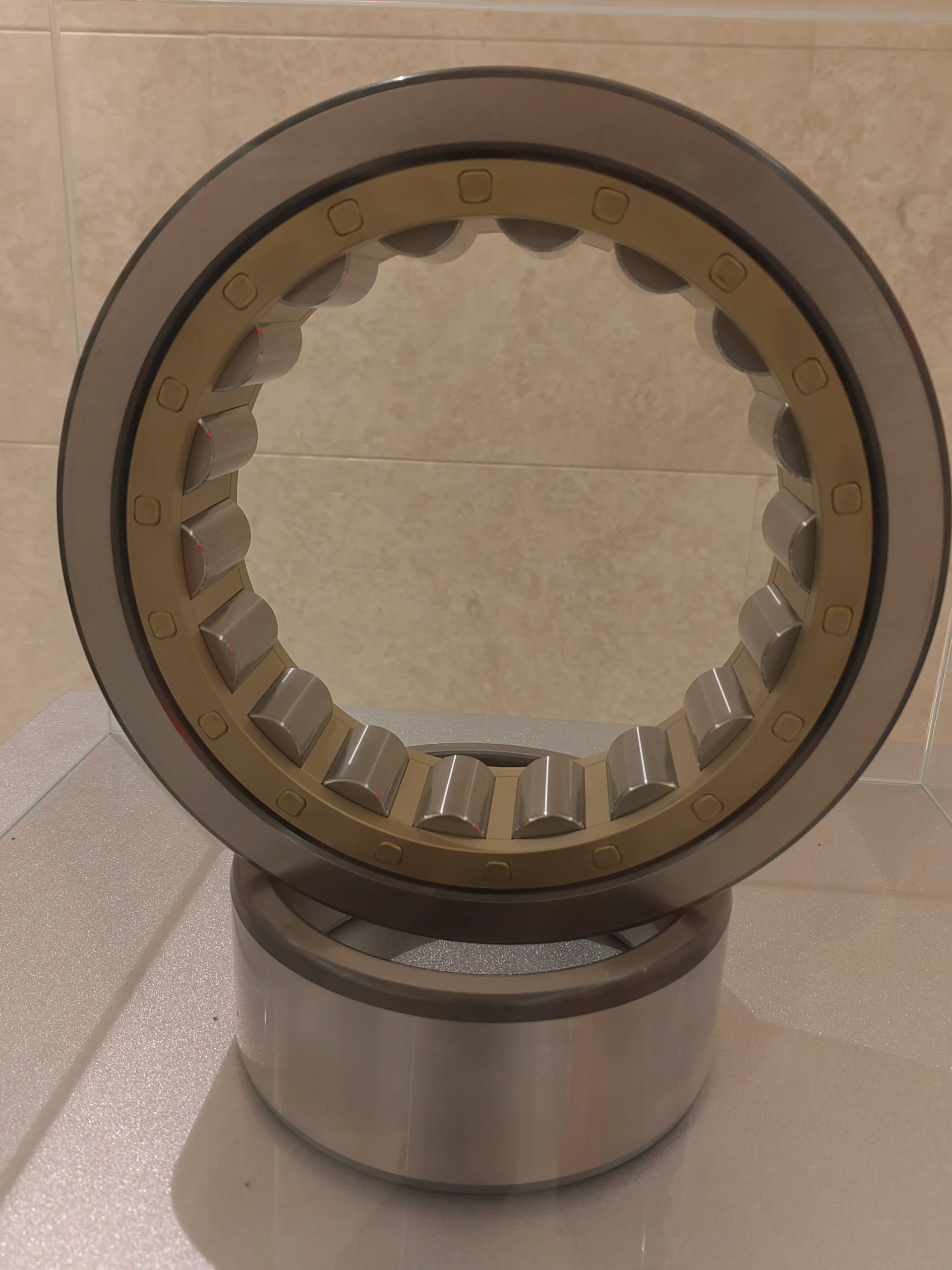
تشرینی یەکەم . 31, 2024 15:01 Back to list
Understanding the Function and Benefits of Cylindrical Roller Bearings in Machinery
Cylindrical Roller Bearings An Overview
Cylindrical roller bearings are essential components in various mechanical systems. They are designed to support radial loads while allowing for some axial displacement. This unique ability makes them particularly useful in applications where high load capacity and reliability are paramount, such as in electric motors, gearboxes, and other heavy machinery.
The defining characteristic of cylindrical roller bearings is their cylindrical shape, which allows for linear contact between the rollers and the inner and outer raceways. This design contrasts with spherical or tapered roller bearings, which contact surfaces are curved. The linear contact provides a larger surface area, enabling cylindrical roller bearings to support higher loads while minimizing stress concentration. This higher load capacity is especially advantageous in applications with heavy loads or rapid accelerations.
Cylindrical roller bearings can be classified into several types based on their design and construction. The most common variants include single-row, double-row, and multi-row cylindrical roller bearings. Single-row bearings are typically used in applications where axial space is limited, while double-row bearings can accommodate higher radial loads and are often found in applications requiring increased stiffness. Multi-row bearings, consisting of several rows of rollers, are utilized in particularly demanding applications, such as those found in mining or construction equipment.
cylindrical roller bearings

One of the significant advantages of cylindrical roller bearings is their ability to distribute loads evenly across the rollers
. This uniform load distribution reduces wear and tear, extending the lifespan of the bearings. Additionally, their design allows for efficient heat dissipation, minimizing the risk of overheating even under high operational speeds.When selecting cylindrical roller bearings, several factors must be considered, including load ratings, speed ratings, and operating conditions. Depending on the application's specific requirements, lubrication type and maintenance practices must also be addressed. Proper lubrication is crucial, as it minimizes friction between the rolling elements and raceways, reducing wear and preventing overheating. Regular maintenance checks are essential to ensure the bearings operate smoothly and to identify any signs of wear or damage early on.
Modern cylindrical roller bearings are often produced with advanced materials and manufacturing processes. The use of high-quality steel, for example, enhances durability and fatigue resistance. Furthermore, surface treatments, such as nitride or chrome plating, can improve corrosion resistance, making these bearings suited for harsh environments.
In conclusion, cylindrical roller bearings play a critical role in the functionality of many mechanical systems. Their ability to handle high loads, combined with minimal friction, makes them an invaluable component in various industries, from automotive to aerospace. As technology continues to evolve, the design and performance of cylindrical roller bearings will likely advance, further enhancing their effectiveness and reliability in demanding applications. Understanding their characteristics and proper maintenance is essential for maximizing their performance and ensuring the longevity of the machinery they support.
Latest news
-
Grooved Ball Bearing Design and Functionality
NewsJun.04,2025
-
Concrete Mixer Bearing Load Capacity Testing
NewsJun.04,2025
-
6004 Bearing Dimensions in Robotic Joint Designs
NewsJun.04,2025
-
Advantages of Single-Row Deep Groove Ball Bearings
NewsJun.04,2025
-
Applications of Deep Groove Ball Bearings in Automotive Systems
NewsJun.04,2025
-
Innovations in Bearing Pressing Machine Design
NewsJun.04,2025
